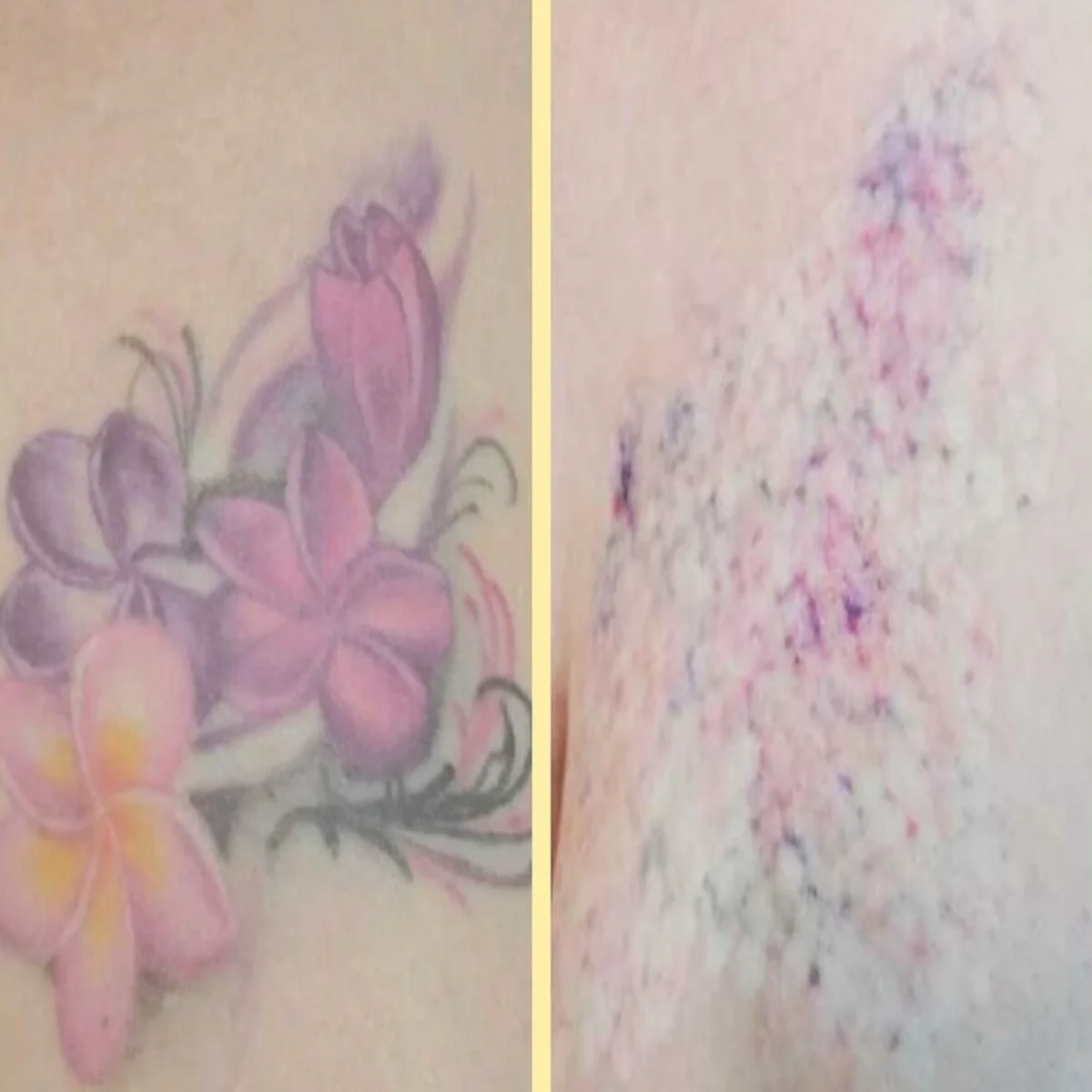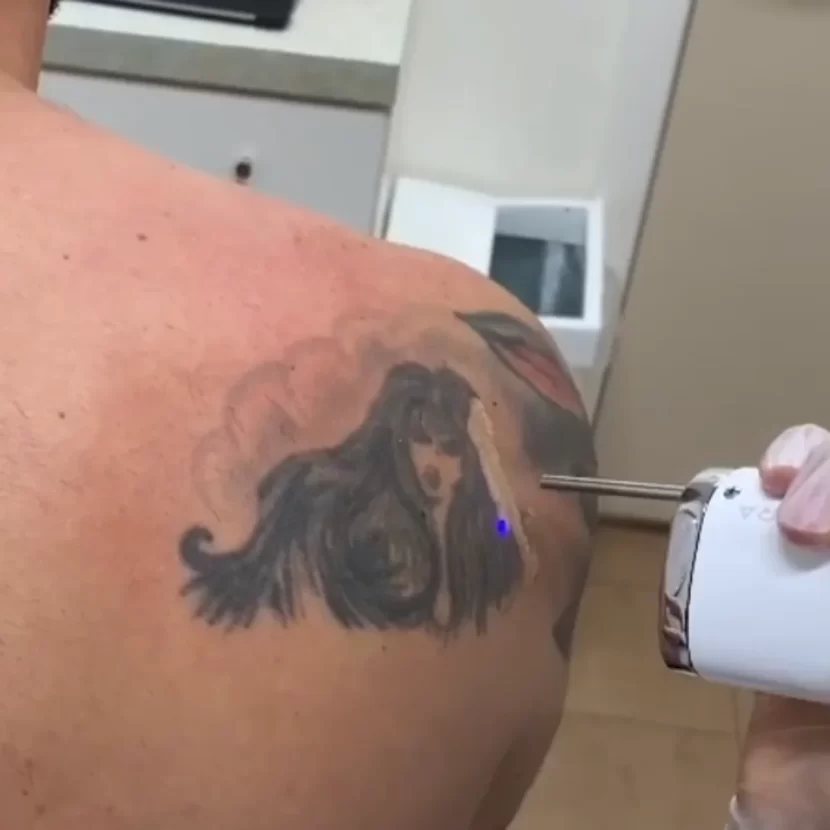Tattoo removal is a procedure undertaken to remove an unwanted tattoo. Common techniques employed for Melbourne tattoo removal include laser surgery, surgical removal, and dermabrasion.
The ink of a tattoo is placed beneath the top layer of the skin, making the removal process more complex and costly than the initial application.
Should you be considering tattoo removal, it is advisable to consult with a dermatologist regarding your options. Attempting tattoo removal alone is not recommended, as DIY tattoo removal creams and other home remedies are unlikely to be effective and may lead to skin irritation or adverse reactions.
Why it’s done
You may contemplate tattoo removal if you regret getting a tattoo or are dissatisfied with its appearance. Perhaps the tattoo has faded or blurred, or you feel that the tattoo no longer aligns with your current image.
Melbourne tattoo removal may also be necessary if you experience an allergic reaction to the tattoo or encounter other complications, such as an infection.
Risks
Scarring is a common outcome of most tattoo removal methods. There is also a risk of infection or skin discolouration.
How you prepare
If you are considering tattoo removal, it is important to consult with a dermatologist. They can provide information on the various tattoo removal options and assist you in selecting the method most likely to be effective for your specific tattoo.
For instance, certain tattoo inks respond better to laser treatment than others. Similarly, smaller tattoos may be suitable for surgical removal, while larger ones may not be feasible to remove with a scalpel.
Anticipated Outcomes
The process of tattoo elimination is typically conducted on an outpatient basis under local anaesthetic. The prevalent methods for erasing tattoos encompass laser surgery, excision, and dermabrasion.
Laser Treatment
The preferred method for frequently expunging tattoos involves Q-switched lasers, which emit energy in a singular, potent pulse. To prevent permanent alterations to the pigment of darker skin, a specific laser, known as the Q-switched Nd: YAG, is utilised.
Prior to the laser procedure, the area is made numb through an injection of local anaesthesia. Subsequently, a concentrated energy pulse is directed at the tattoo, heating and fragmenting the tattoo ink. Tattoos with multiple colours may require the application of different lasers at varying wavelengths.
Post-treatment, one may observe swelling alongside potential blistering or bleeding. The application of antibacterial cream aids in the healing process. Multiple sessions are generally necessary to diminish the tattoo, and it may not always be feasible to remove the tattoo entirely.

Excision
In the process of excision, local anaesthesia is administered via injection to numb the area. The tattoo is then excised with a scalpel, and the skin’s edges are sutured together. Post-operation, the use of antibacterial cream facilitates healing.
Excision is an effective method for tattoo removal, yet it results in scarring and is deemed suitable primarily for smaller tattoos.
Dermabrasion
The area bearing the tattoo is usually cooled for dermabrasion until it becomes numb. Following this, the tattooed skin is rubbed to deeper layers using a high-speed rotating instrument equipped with an abrasive wheel or brush, enabling the tattoo ink to be expelled from the skin.
The treated region may feel tender and raw for several days after the procedure, with recovery spanning two to three weeks. Given the unpredictable results and comparatively less satisfactory outcomes than those achieved with laser treatments or a combination of laser and surgical removal, dermabrasion is less frequently chosen.
Expected Results
Tattoos are designed to be enduring, and achieving complete removal poses a challenge. Irrespective of the removal technique applied, some level of scarring or variation in skin colour is expected to persist.
